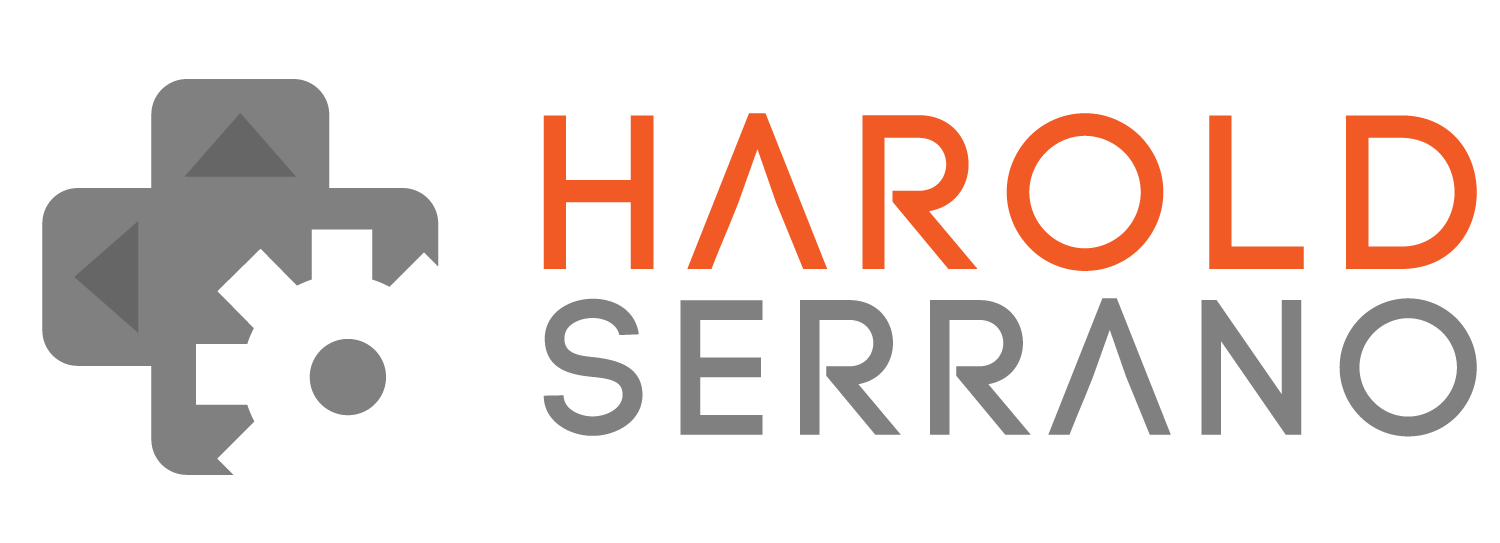Last week, I wrote an article about making my renderer more user-friendly. If you haven't had a chance to read any of my previous two articles, here are some videos to catch you up.
This week, I decided to work on the Lights User-Interface. I was unhappy with how the lights were added or manipulated in the scene, so I worked on them this week.
One of the first things I did was to make the Lights an ECS component. I also implemented a Light System that manages different types of lights, such as Directional, Points, Spot, and Area Lights.
I then removed the previous Light UI implementation and started all over again. I added a drop-down menu that allows the user to add a particular light type, such as Directional and Point Lights.
For Directional Light, I added visual feedback so the user can determine the direction of the light. I also allow the user to set the light's intensity through a slider.
For Point Light, I allow the user to set its intensity radius. And of course, you can manipulate the transformations and rotation through sliders.
So, here is what I have as of now:
So, what's next?
As you noticed in the video above, the point lights are not casting any shadows. Some bugs need fixing. I'm also wondering if I should add a Gizmo for translation/rotation. But my main objective is to add Ray-Tracing to the renderer. That is where I'm heading. For the time being, I want to focus on setting up a user-friendly UI. So, be ready for a part III.




